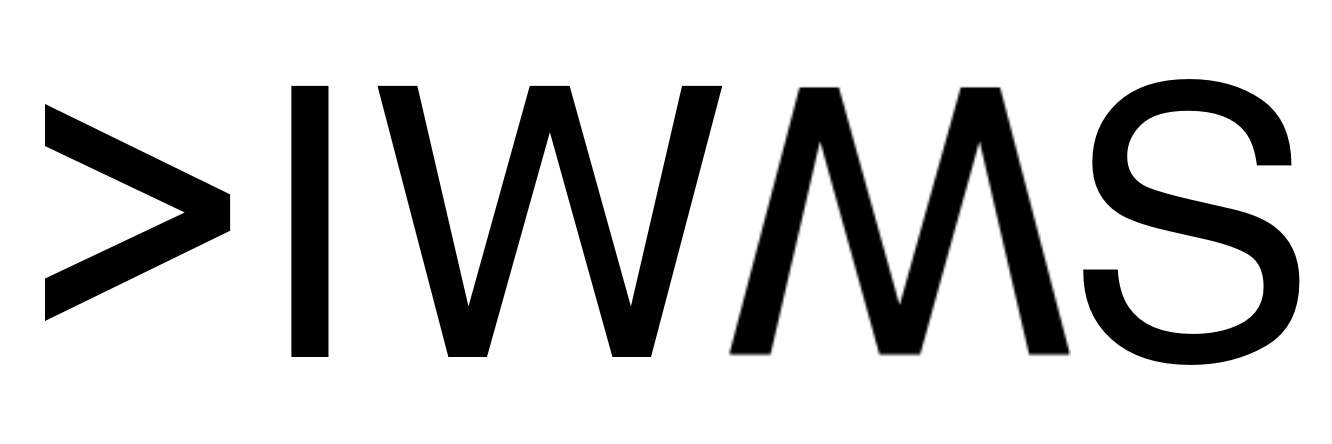Transitioning to an IWMS
for Real Estate and Facilities Management can be a complex process, involving multiple stakeholders, processes, and systems.
Here are some steps that an organization can follow to transition to an IWMS:
.
-
- Assess current processes and systems: The first step is to assess the current state of the organization’s real estate and facilities management processes and systems, including any disparate solutions or point solutions that may be in place. This will help identify the gaps and inefficiencies that an IWMS can address.
. - Define requirements: Once the gaps and inefficiencies have been identified, the organization needs to define its requirements for an IWMS solution. This involves defining the scope of the solution, the features and functionality required, and any specific integration requirements.
. - Select an IWMS vendor: Based on the requirements, the organization can then evaluate and select an IWMS vendor that can best meet its needs. This involves evaluating the vendor’s experience, track record, and capabilities, as well as the usability and flexibility of their solution.
. - Develop an implementation plan: Once the vendor has been selected, the organization needs to develop an implementation plan that outlines the steps and timelines for transitioning to the IWMS solution. This involves defining the roles and responsibilities of stakeholders, the data migration strategy, and the training and communication plan.
. - Implement and test the solution: With the implementation plan in place, the organization can then begin to implement and test the IWMS solution. This involves configuring the solution, migrating data, and testing the solution in a controlled environment.
. - Rollout and support: Once the solution has been tested and validated, the organization can rollout the IWMS solution to all relevant stakeholders, including end-users, managers, and IT support. Ongoing support is also crucial to ensure the success and sustainability of the IWMS solution.
. - Evaluate and optimize: Finally, the organization needs to continuously evaluate and optimize the IWMS solution to ensure it is meeting the business needs and achieving the desired outcomes. This involves measuring the ROI of the solution, identifying areas for improvement, and making adjustments as needed.
- Assess current processes and systems: The first step is to assess the current state of the organization’s real estate and facilities management processes and systems, including any disparate solutions or point solutions that may be in place. This will help identify the gaps and inefficiencies that an IWMS can address.



